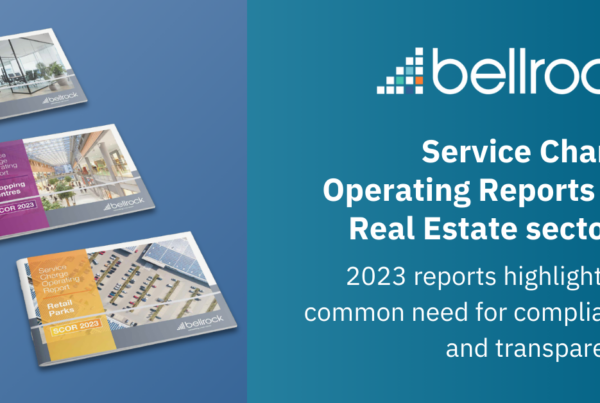The role that corporate real estate plays in an organisation’s strategy is changing. In the example of owner occupiers of complex portfolios, such as local authorities, efficiencies are being sought in the way they manage these estates. Much of which can be older, under-utilised, in need of maintenance works and a drain on vital resources.
It’s clear that property and real estate budgets are facing scrutiny like never before. The ongoing pandemic has had many sophisticated organisations looking at their property footprint with a view to aligning this to their longer term strategies. Publicly available research also indicates that within the public sector the trend has been for a net budget reduction of up to 33% in many cases over recent years.
However, reduced budgets do not easily align with the growing expectation of building users, and the need for the workplace to play its part in attracting and retaining talent. Furthermore, there are broader considerations that come into play such as: strategic asset management, property disposal and acquisition, new ways of working, economic regeneration, social value and the shift to the ‘corporate landlord’ model.
‘Corporate landlord’ property management delivery models are becoming more frequent across local authorities and are regularly viewed at cabinet level as the panacea for a more efficient and effective delivery across land and property assets. Often there is significant will and drive towards this model, but these can be coupled with shortcomings in understanding where the organisation actually is today, identifying the true potential within these assets and, crucially, developing the roadmap to unlocking this potential – giving the organisation a competitive advantage in their field.
Accurately capturing asset information, condition and life expectancy is a key first step on this journey. This information needs then to be processed to allow for statutory interventions to be planned, undertaken and evidenced, and for a forward maintenance view to be developed to allow for capital expenditure forecasting and planning cross the estate. Following this, critical asset interventions also need to be processed ensuring that uptime is never affected and each system’s lifecycle is maximised. In many cases, this could actually mean reducing the level of human interaction with a given system, as recommended by the uptime Institute. Ideally, all of this metadata would be linked to budget commitment and spend, and analysed to identify key trends.
Bellrock have mapped out our estate maturity model for all complex and sophisticated organisations who see significant opportunity and risk mitigation in improving the way their estate functions. Our market leading model will help you assess your organisation’s maturity and provide clear guidance steps to, over time, unlock real improvements in how your estate works towards your strategic aims and risk mitigation strategy.
Further reading and a self-assessment tool can be found here.






